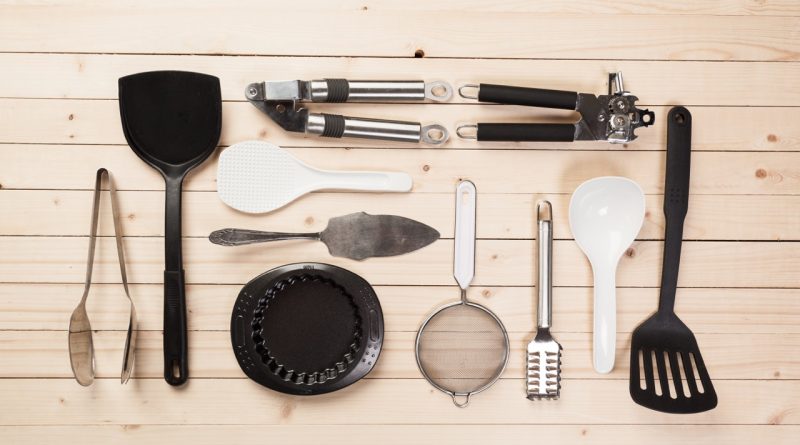The Philosophy Of Longevity Behind Zwilling Products
In the culinary world, the tools we choose can profoundly impact our cooking experience. Zwilling, a renowned brand in kitchenware, embodies a philosophy of longevity that resonates with both professional chefs and home cooks. Their commitment to creating high-quality products is reflected in their meticulous craftsmanship and innovative designs. This article explores the philosophy behind Zwilling’s approach to longevity, the materials and techniques they use, and practical tips for ensuring that your Zwilling products stand the test of time.
Understanding Zwilling’s Commitment to Lasting Quality
Zwilling has built its reputation on the belief that quality should never be compromised. Established in 1731, the brand has consistently prioritized durability and performance in its kitchen tools. This commitment is rooted in a deep understanding of the culinary arts and the demands placed on kitchenware by both amateur and professional cooks alike. Zwilling’s products are designed not just for immediate functionality, but with an eye towards sustaining their utility over the long term.
The brand’s philosophy of longevity extends beyond mere product design; it’s about fostering a connection between chef and tool. Each Zwilling product is engineered to withstand the rigors of daily use, enhancing the cooking experience rather than detracting from it. This approach encourages users to invest in their kitchen tools, knowing that they are making a long-term commitment to quality.
Moreover, Zwilling’s dedication to sustainability is evident in their manufacturing processes. By focusing on creating enduring products, they reduce waste and contribute positively to the environment. This philosophy aligns with the growing consumer demand for sustainable practices in all aspects of life, making Zwilling a responsible choice for eco-conscious cooks.
Crafting Durability: Materials and Techniques Used
At the heart of Zwilling’s longevity philosophy is the careful selection of materials. The brand utilizes high-carbon stainless steel in its knife production, a material known for its exceptional hardness and resistance to corrosion. This ensures that each blade maintains a sharp edge longer than conventional steel counterparts while being easy to maintain. Additionally, the choice of premium materials extends to other products, ensuring that they can endure the rigors of a busy kitchen.
Manufacturing techniques play an equally important role in the durability of Zwilling products. The brand employs a unique ice-hardening process that enhances the steel’s molecular structure, resulting in blades that are not only sharper but also more resilient to wear and tear. This innovation is a testament to Zwilling’s dedication to blending traditional craftsmanship with modern technology, ensuring that each product meets the highest standards of performance.
Furthermore, Zwilling’s attention to detail extends to the ergonomic design of their products. Handles are crafted for comfort and grip, reducing the risk of slippage during use. This thoughtful design not only enhances usability but also promotes safety in the kitchen, further contributing to the longevity of the tools themselves.
The Science of Longevity in Kitchen Tools Explained
The science behind the longevity of kitchen tools like those produced by Zwilling can be attributed to several factors. First, the physical properties of the materials used directly affect the lifespan of the tools. High-carbon stainless steel, for instance, exhibits superior hardness, which translates to better edge retention and resistance to chipping or breaking under pressure.
Additionally, the heat treatment processes employed by Zwilling play a crucial role. By subjecting their products to specific temperatures and cooling methods, they optimize the steel’s microstructure, enhancing its strength and flexibility. This careful engineering ensures that each product can endure repeated use without compromising performance.
Lastly, the ergonomic design of Zwilling products is not merely a marketing gimmick; it has practical implications for longevity. Tools that are comfortable to use encourage proper handling, which reduces the likelihood of damage during use. This combination of scientific principles and user-friendly designs is what sets Zwilling apart in the crowded market of kitchen tools.
Practical Tips for Extending the Life of Zwilling Products
To maximize the lifespan of your Zwilling products, proper care and maintenance are essential. For knives, regular honing and occasional professional sharpening can help maintain their edge. It’s also advisable to wash them by hand rather than in a dishwasher, as high temperatures and abrasive detergents can diminish the quality of the blade over time.
For cookware, avoid using metal utensils that can scratch the surface. Instead, opt for wooden or silicone tools that are gentler on the material. Additionally, ensure that you follow the manufacturer’s guidelines for cleaning and seasoning, especially for non-stick or cast iron products, to preserve their integrity.
Lastly, store your Zwilling products appropriately to prevent damage. Use knife blocks or magnetic strips for knives, and avoid stacking pots and pans without protective layers to prevent scratches. By following these practical tips, you can ensure that your Zwilling products remain reliable companions in your kitchen for years to come.
In summary, the philosophy of longevity behind Zwilling products is a seamless blend of quality materials, innovative techniques, and a commitment to sustainability. By investing in these kitchen tools, you not only enhance your culinary experience but also contribute to a more sustainable future. With proper care and maintenance, Zwilling products can serve you faithfully for many years, proving that quality truly stands the test of time. Whether you’re a novice cook or a seasoned chef, Zwilling’s commitment to lasting quality is a principle worth embracing in your kitchen.
